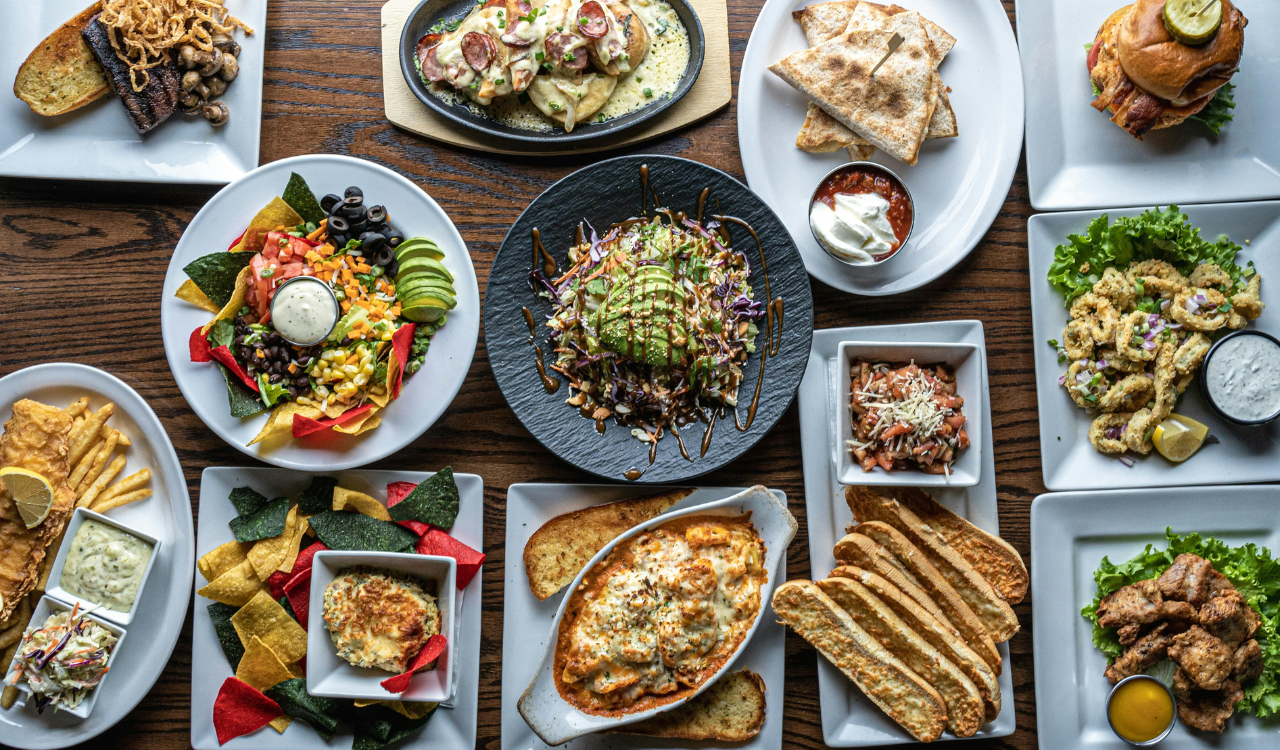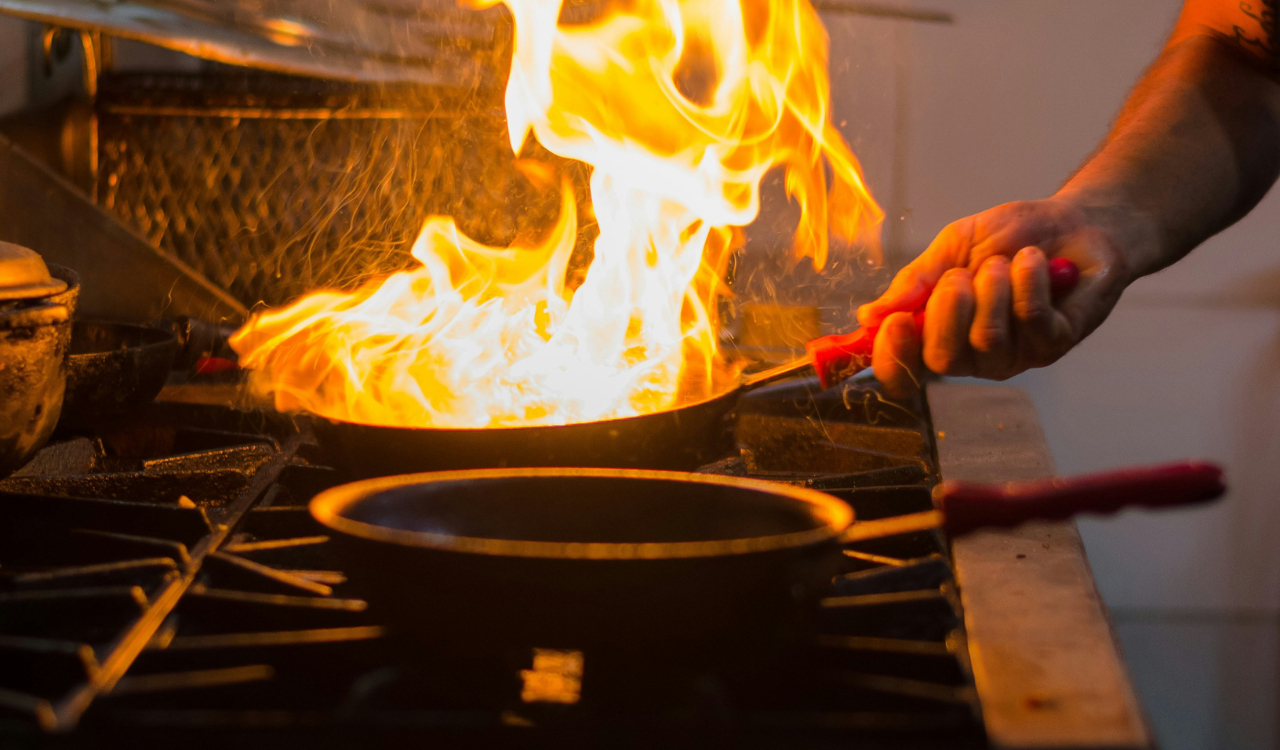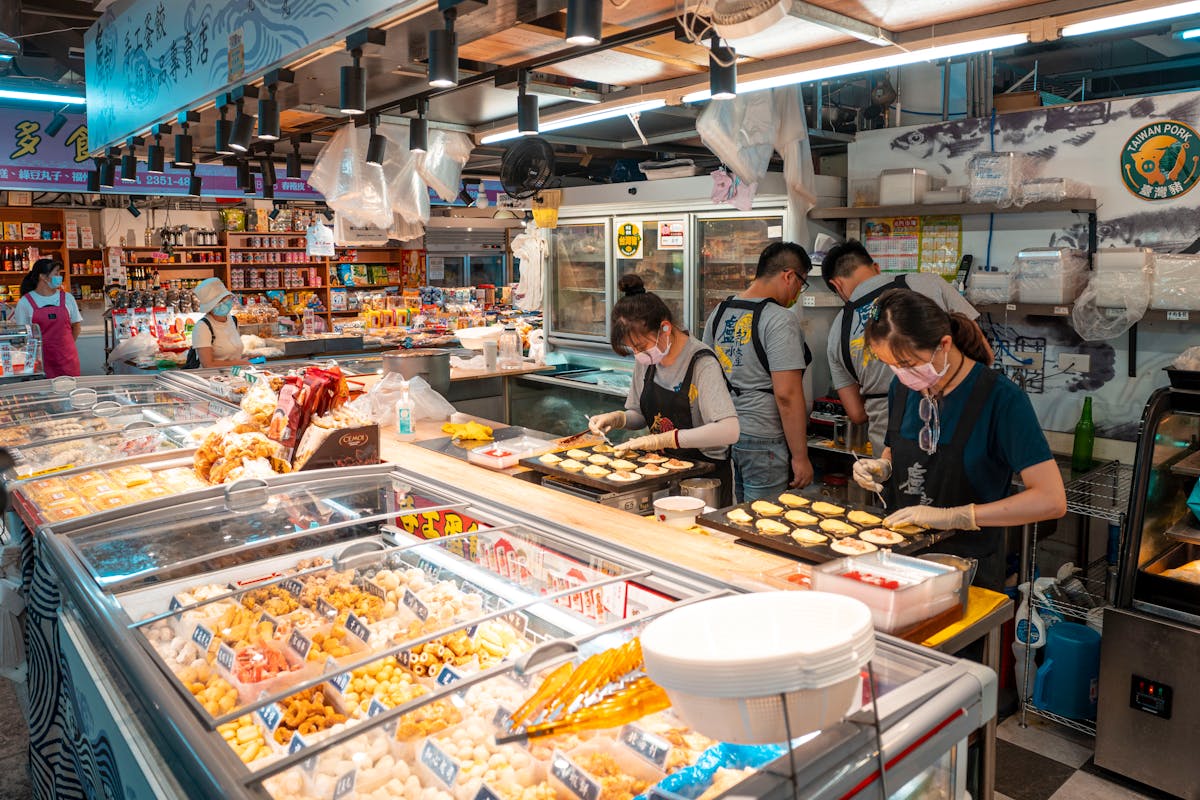10 Common Pasta Mistakes and How to Fix Them
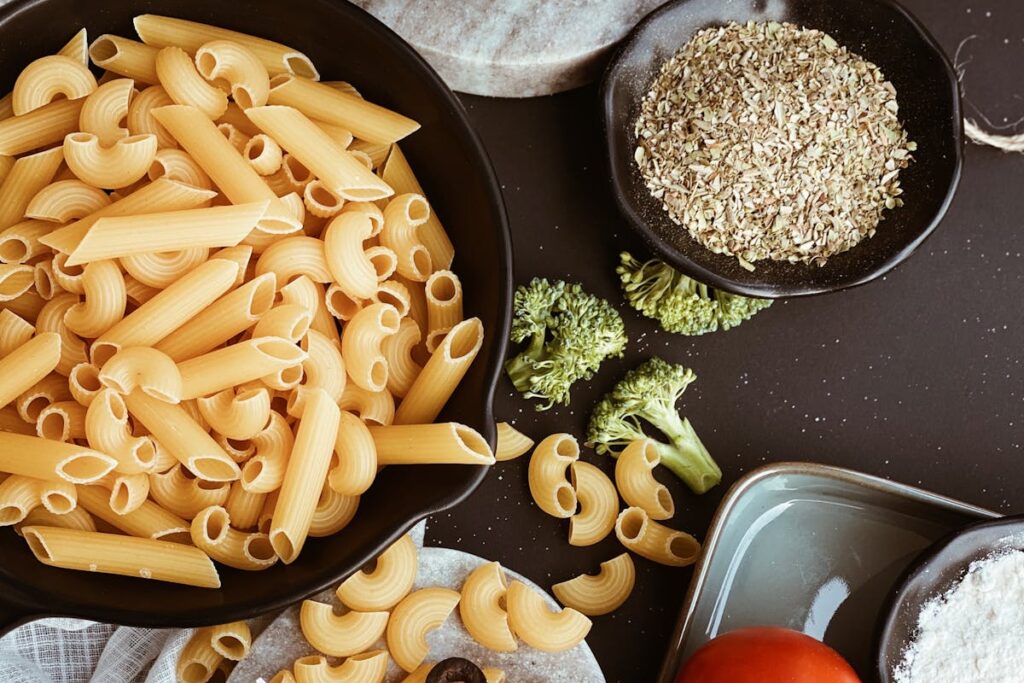
Cooking pasta seems simple, yet small mistakes can ruin the dish. Using too little water makes noodles sticky, and failing to salt properly leaves them bland. Adding oil to the pot prevents sauce from clinging, while overcooking or using a small pot leads to mushy, uneven pasta. Stirring is key to stopping clumps, and pasta water should always be saved to enrich sauces. Never rinse hot pasta or break long strands; let them soften naturally. Finally, match pasta shapes with the right sauce for the best flavour and texture.
1. Not Using Enough Water
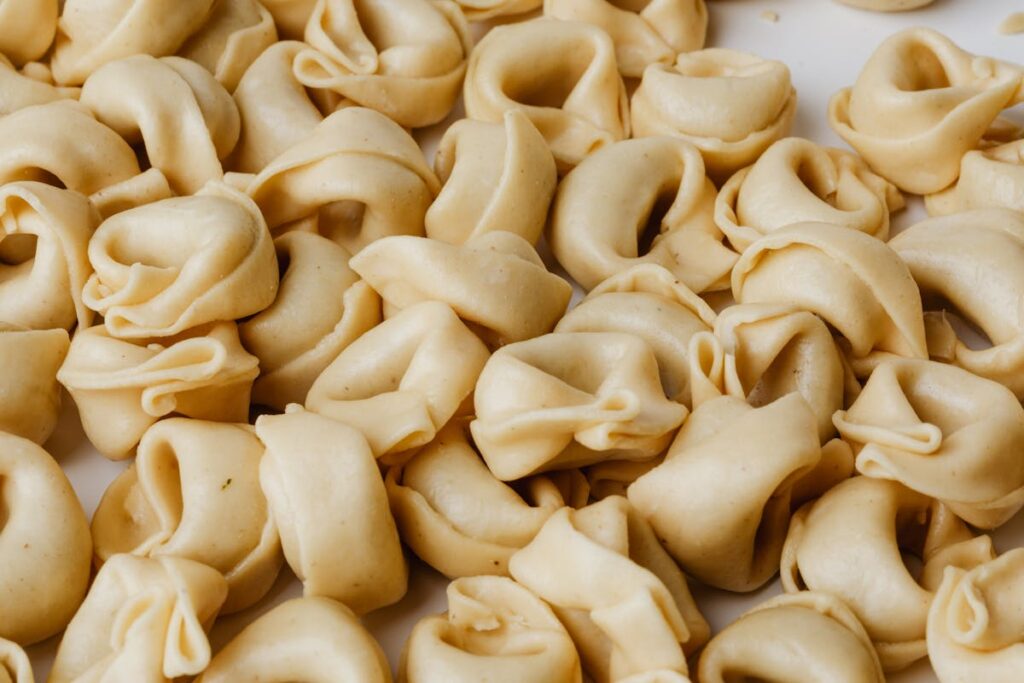
One of the most common pasta mistakes is crowding noodles in too little water. As pasta cooks, it releases starch, and in a small volume of water, that starch builds up quickly, creating thick, gummy water that encourages sticking and uneven cooking. The noodles also don’t have enough room to move or expand properly. To fix this, always use a large pot with plenty of boiling water, around 4 to 6 litres for every 500 g of pasta and stir occasionally to keep strands separated.
2. Salting Water Poorly
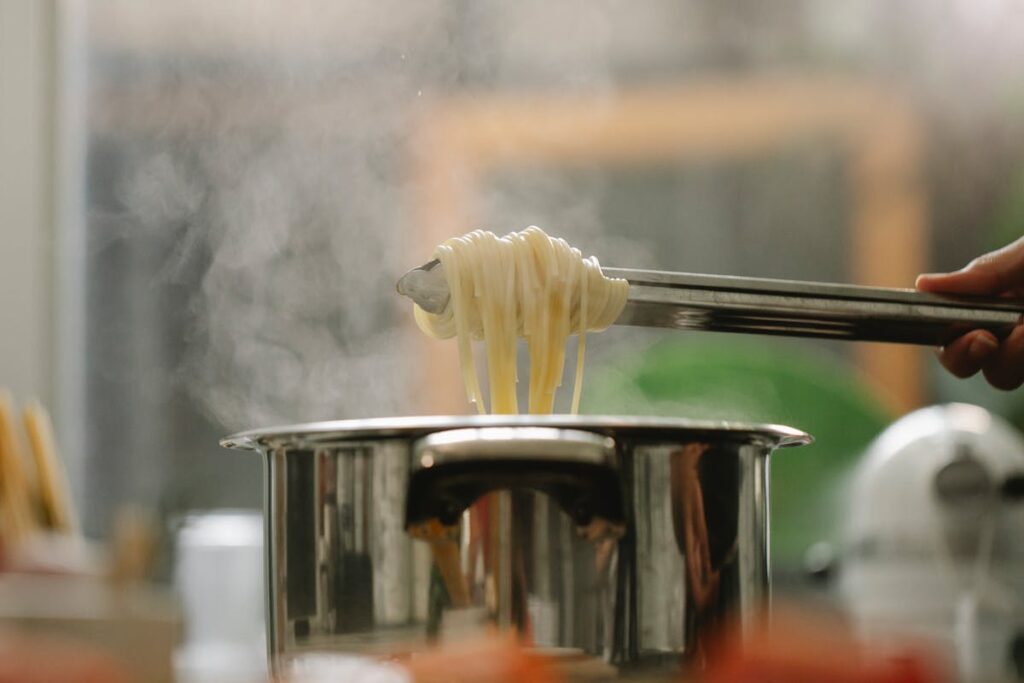
Skipping salt or using too little leads to flat, flavorless noodles that no sauce can fully save. Pasta absorbs most of its seasoning from the cooking water, so this step is crucial. The rule of thumb: water should taste like the sea, a well-seasoned broth with enough salt to penetrate pasta as it cooks. Use 1–2 tablespoons per 4 to 6 litres, depending on sauce saltiness. Add salt only after water boils so it dissolves evenly, and taste the water for balance before adding pasta.
3. Adding Oil to the Boiling Water
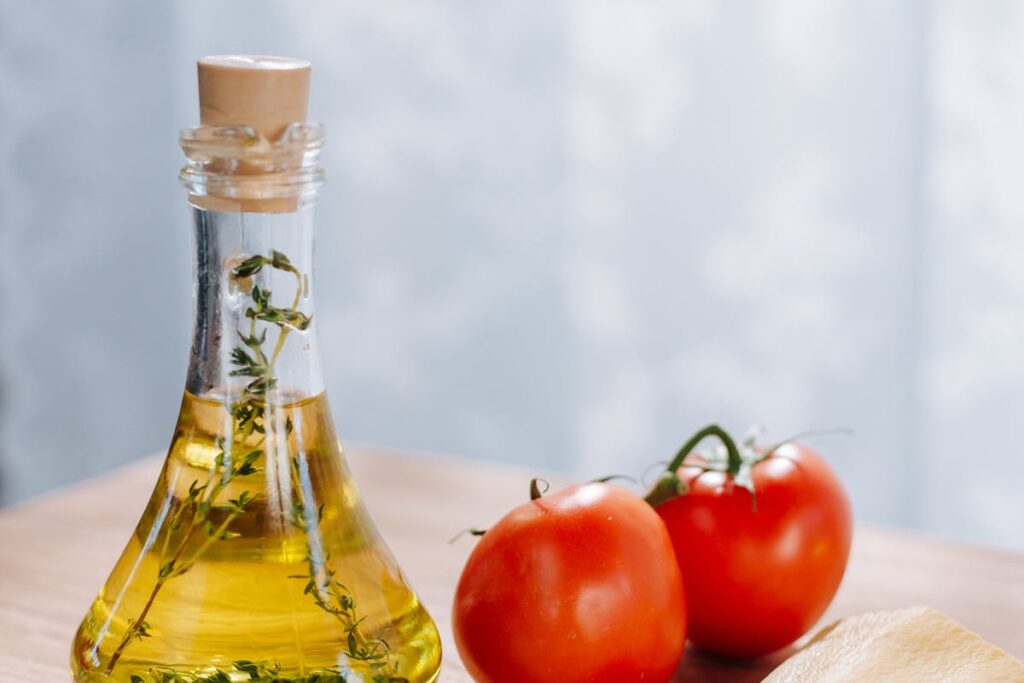
Many cooks add a splash of oil thinking it prevents pasta from sticking. In reality, it floats on top of the water, doing little for stickiness, but it does harm by coating the noodles in a slippery film. That film prevents sauces from clinging properly once pasta is drained, leaving bland, oily results. The better fix is simply stirring the pasta during cooking so strands don’t clump. If extra richness or oiliness is desired, add it later directly to the sauce or dish instead.
4. Cooking Pasta Too Long or Too Short
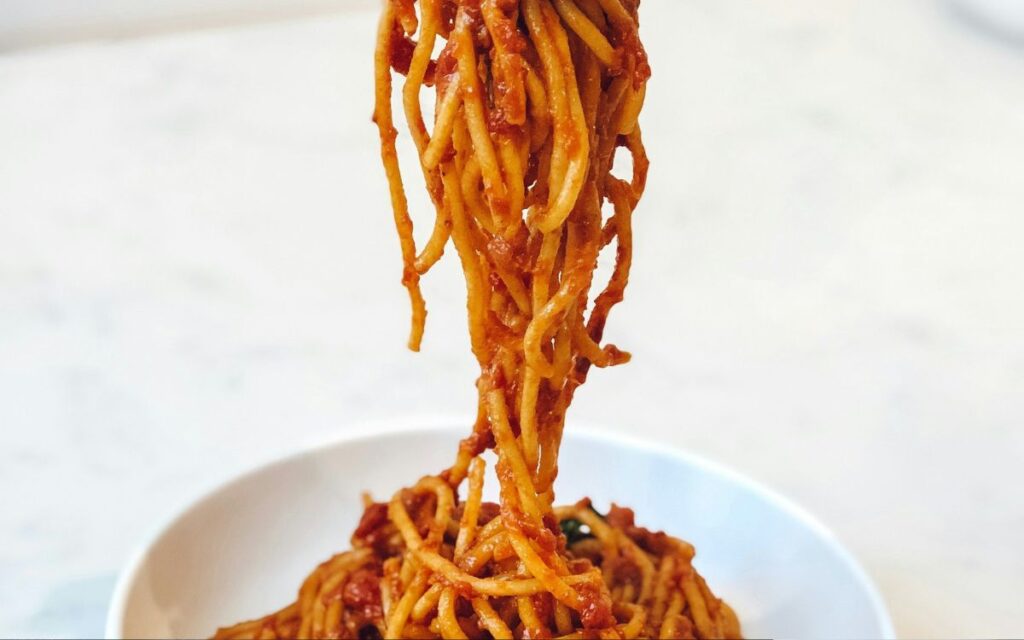
Perfect pasta balance is tricky. Overcooked noodles turn soft and mushy, while undercooked ones have an unpleasant raw taste and texture. Relying only on package times often fails since pasta keeps cooking even after draining. To achieve true “al dente”, start testing noodles 1–2 minutes before the lower packet time. If they have a slight bite with no floury core, drain immediately. If finishing pasta in sauce, drain just before perfect so it finishes cooking with the sauce.
5. Poor Pot Size
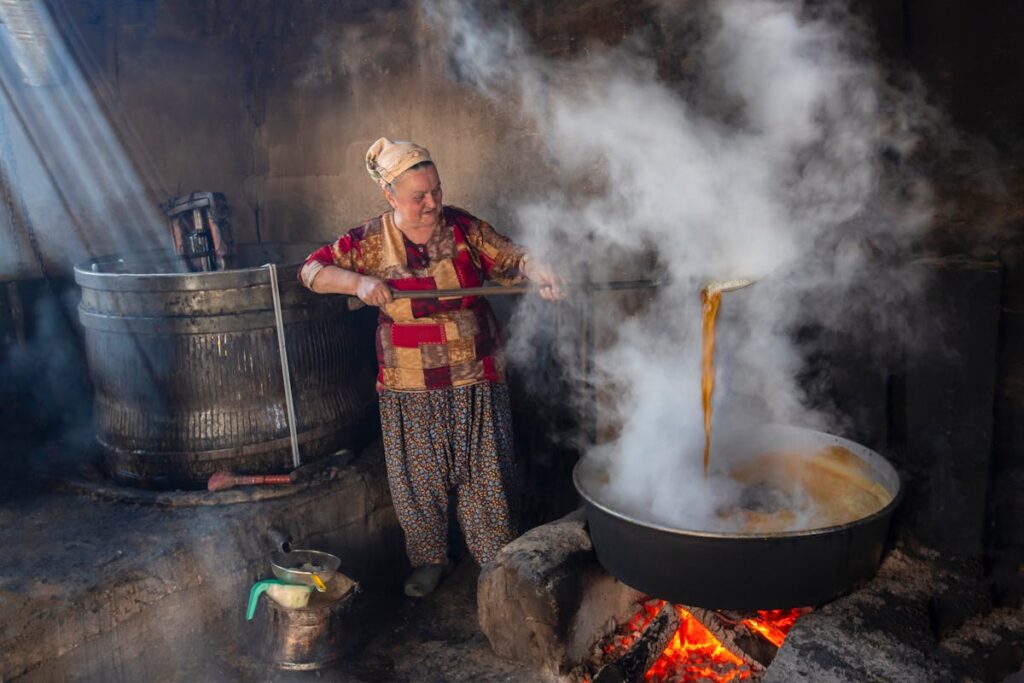
Using a small pot poses two problems: limited water that cools down quickly and cramped space that prevents pasta from moving as it cooks. Once pasta hits the water, the temperature drops, and if the pot is too small, it struggles to return to a rapid boil, causing uneven textures. Pasta may even clump from overcrowding. The solution is simple: use a large, tall pot with plenty of space and water to maintain vigorous boiling and allow noodles to expand freely.
6. Not Stirring Enough
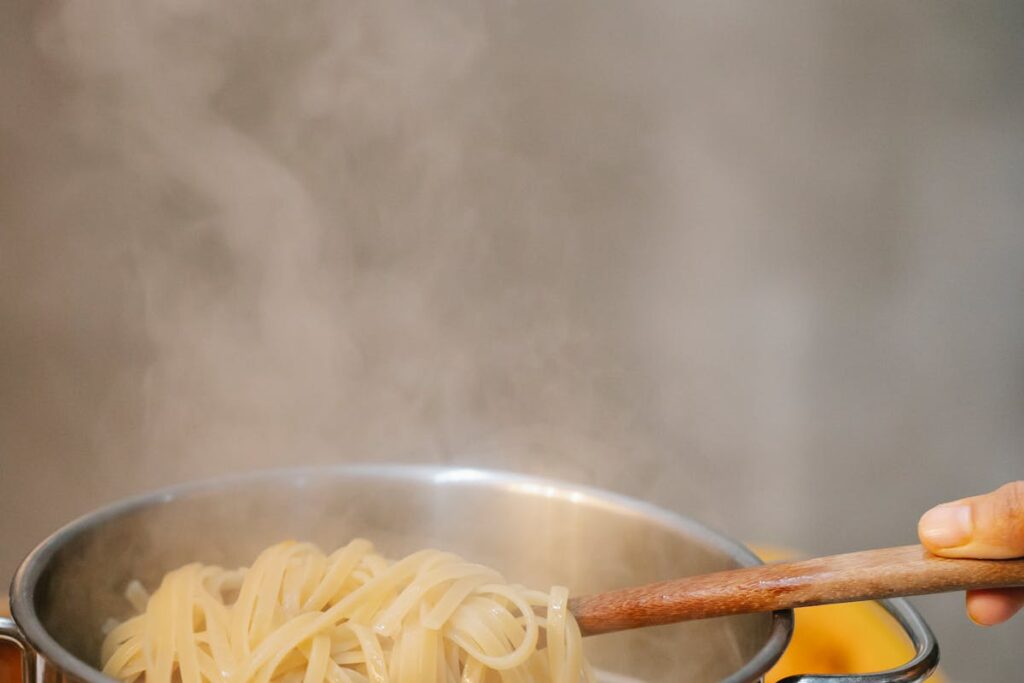
Pasta releases starch immediately when dropped into boiling water, which can cause clumping if left alone. Without stirring, strands glue together, cooking unevenly inside clumps. This is more problematic with long shapes like spaghetti or fettuccine that tangle easily. The fix is to stir pasta often: once right after adding it to the pot, again after a couple of minutes, and occasionally during cooking. This consistent movement ensures even texture and prevents sticky, unappealing lumps.
7. Discarding Pasta Water
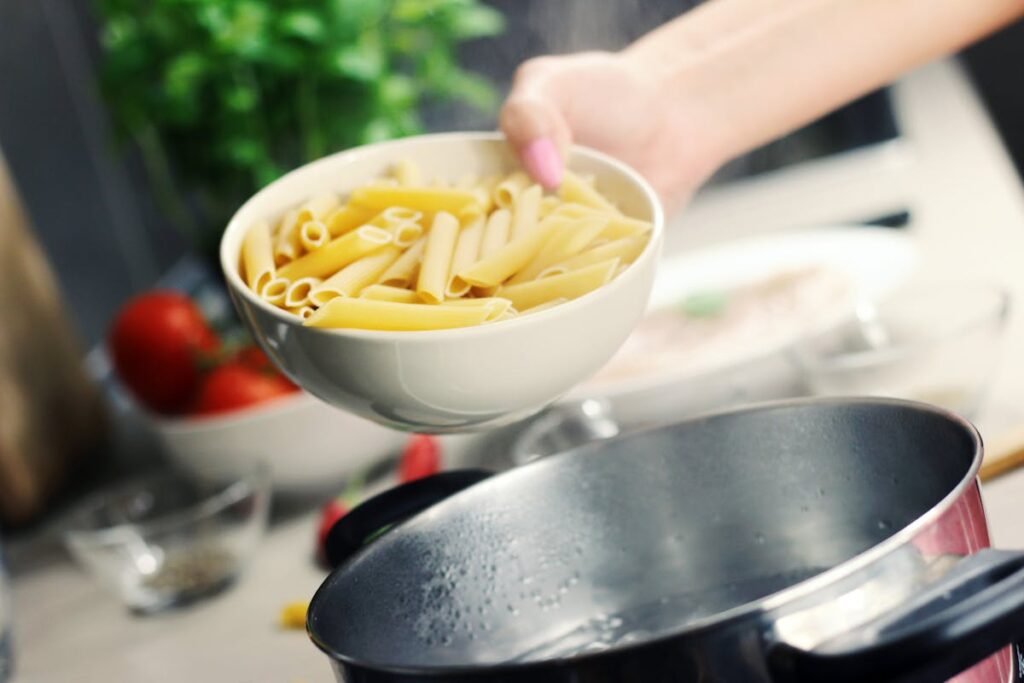
Many drain pasta and pour away the cloudy water, not realizing it’s one of the best cooking tools available. The starch-rich liquid acts as a natural binder, helping pasta and sauce emulsify beautifully. Adding a little to the sauce makes it silkier, thicker, and more able to cling to noodles. Always reserve at least a cup of pasta water before draining, then add as needed when combining pasta with sauce until the texture is glossy and cohesive.
8. Rinsing Pasta after Cooking
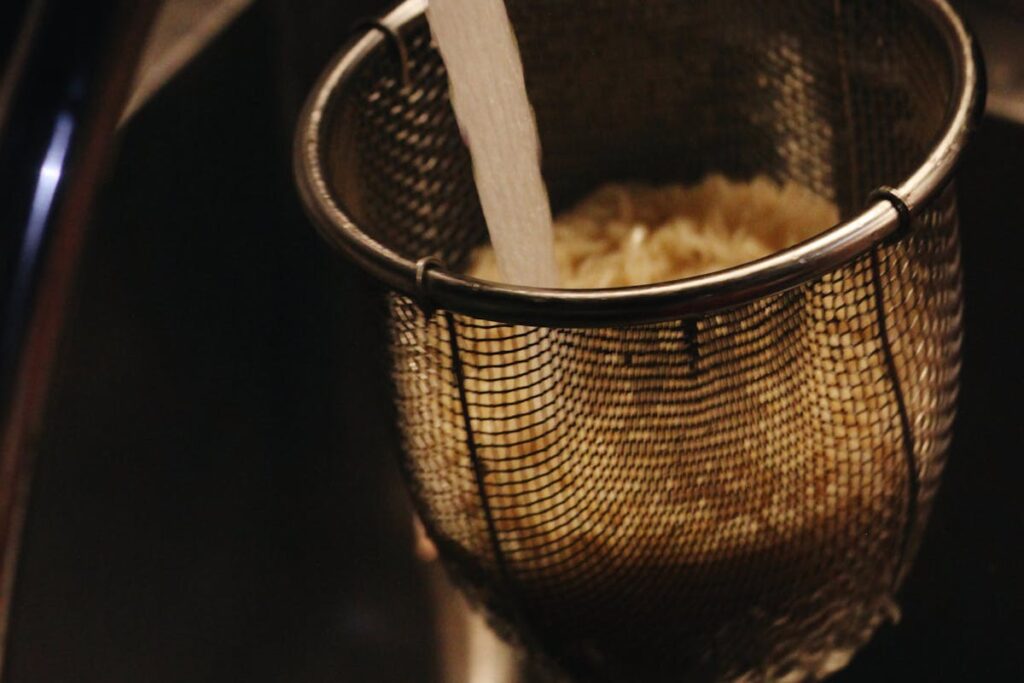
Rinsing hot pasta under cold water washes away the starchy coating that helps sauce adhere, leaving noodles slick and flavorless. It also cools pasta instantly, which is usually bad unless you’re making a cold pasta salad. For hot dishes, rinsing ruins pasta’s ability to soak up sauce. The fix: never rinse unless specifically instructed. Simply drain and toss into sauce right away so the sauce binds to warm noodles, creating a smoother, unified dish.
9. Using the Wrong Pasta Shape with Sauce
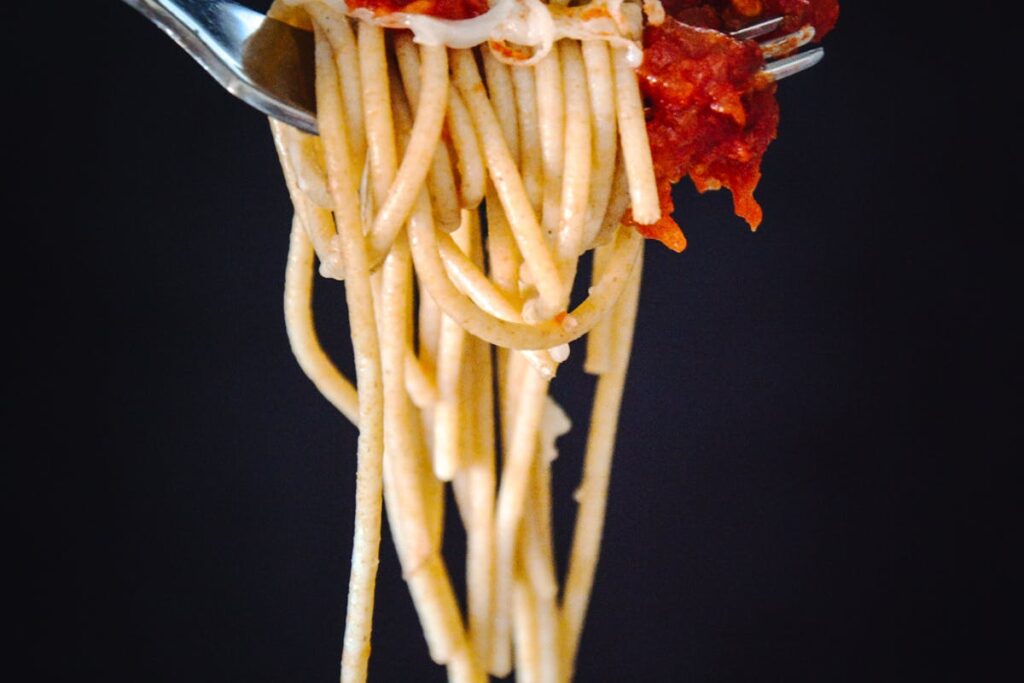
Not all pasta shapes serve the same purpose. Thin noodles like angel hair can’t hold up to heavy sauces; chunky ragùs slide off smooth strands instead of clinging. Matching shape with sauce enhances every bite: tubes and ridges trap meat and vegetables, flat shapes like fettuccine are great for cream, and lighter sauces shine with thinner strands. Always consider sauce thickness, chunkiness, and richness when choosing pasta for the most satisfying pairing.
10. Breaking Long Pasta
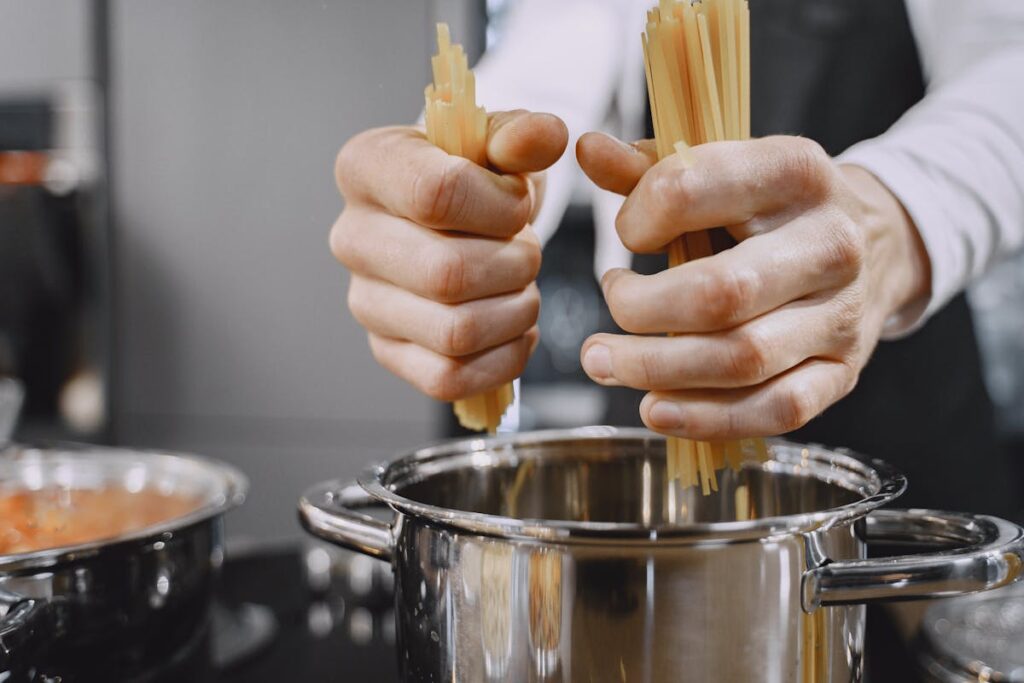
Breaking pasta like spaghetti or linguine to fit into small pots sacrifices their full effect, both in cooking and eating. Long noodles are meant to twirl, coil, and carry sauce differently than short cuts. Snapping them short wastes that design. Instead, use a tall pot with enough space. Allow one end of the pasta to soften in boiling water, then gently push the rest down as it bends naturally. The results are evenly cooked, elegant, and more enjoyable.

